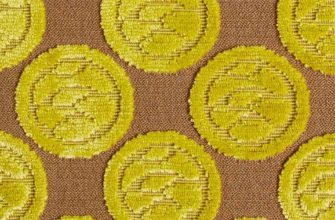Many decorative elements are used to decorate the interior. One of the decorative items has long been a decorative pillow, which adds a touch of warmth to a cozy atmosphere. The use of a sleeping item in living rooms, halls, kitchens and in a car has already become common for many.
General tips for choosing fabric for a pillow
To make your favorite pillow last as long as possible, cover it with a pillowcase. The choice of fabric directly depends on the purpose of the household item.
The most essential tips:
- pillows used for sleeping are covered with soft and pleasant to the skin covers (cotton, linen, silk pillowcases);
- The fabric used for decorative pillows is one with a strong structure and is resistant to wear (tick, satin, jacquard, twill, percale, batiste).
For a soft and gentle filler, choose a thin fabric for pillows. Down products are an exception. Dense material should not let fluff and feathers through, while remaining durable. It is cotton ticking that has these characteristics.
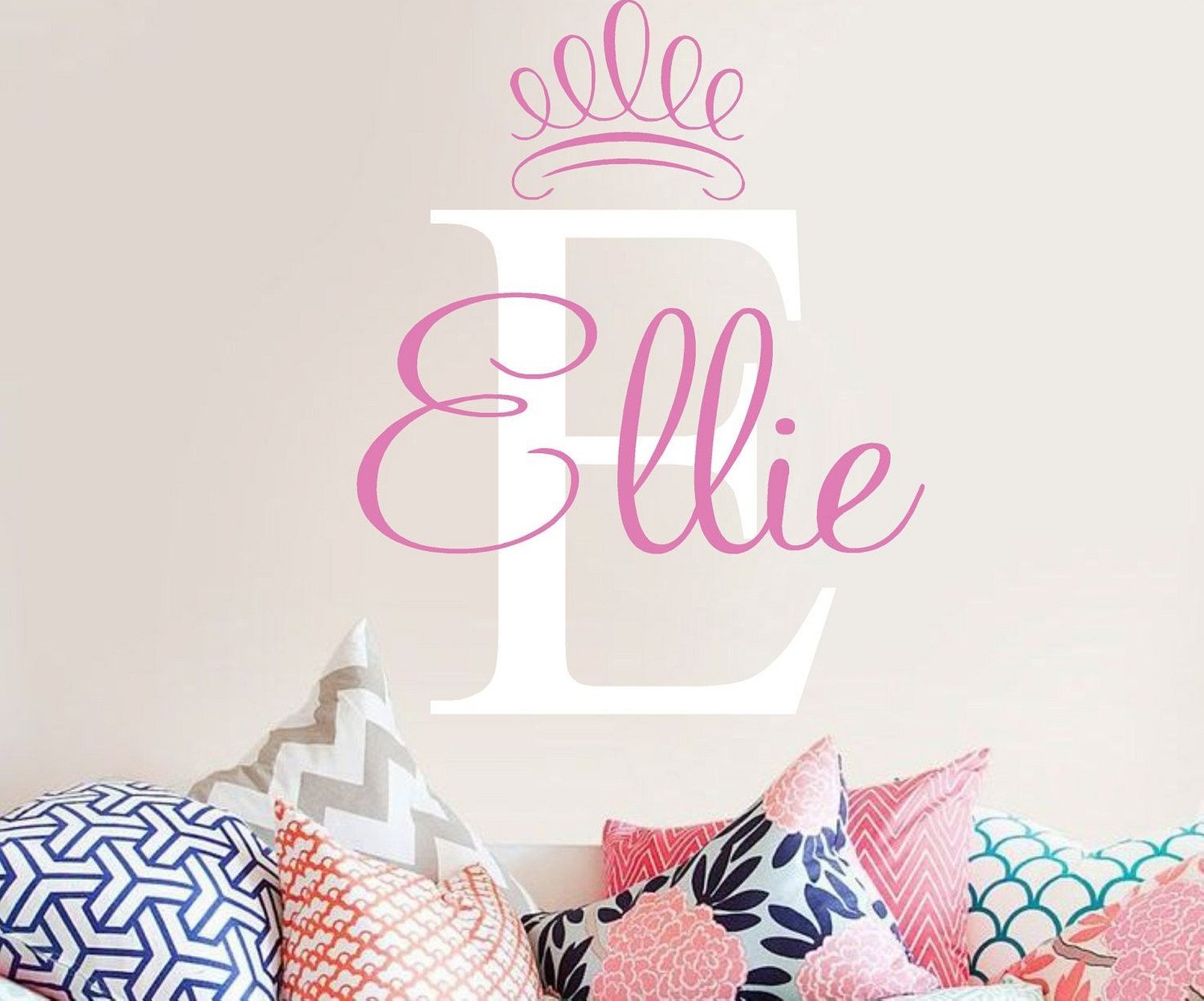
To choose the right fabric for a pillowcase for a wool product, you need to consider the breathability and thermal conductivity of the fabric. Cotton in this case will be the ideal material for a pillowcase.
Silk bedding can be covered with satin covers, and microfiber with pillowcases made from natural fabrics.
Sofa cushions are designed for long-term use, so the durability of the material is taken into account. Upholstery fabrics in the form of fleece, artificial suede, fur or velour can create comfort and ease in the used elements of the room's interior.
Attention! The fabric for sofa cushions is chosen taking into account the combination of colors of furniture, curtains, paintings and flooring. The modern style of products decides a lot in the design of the home.
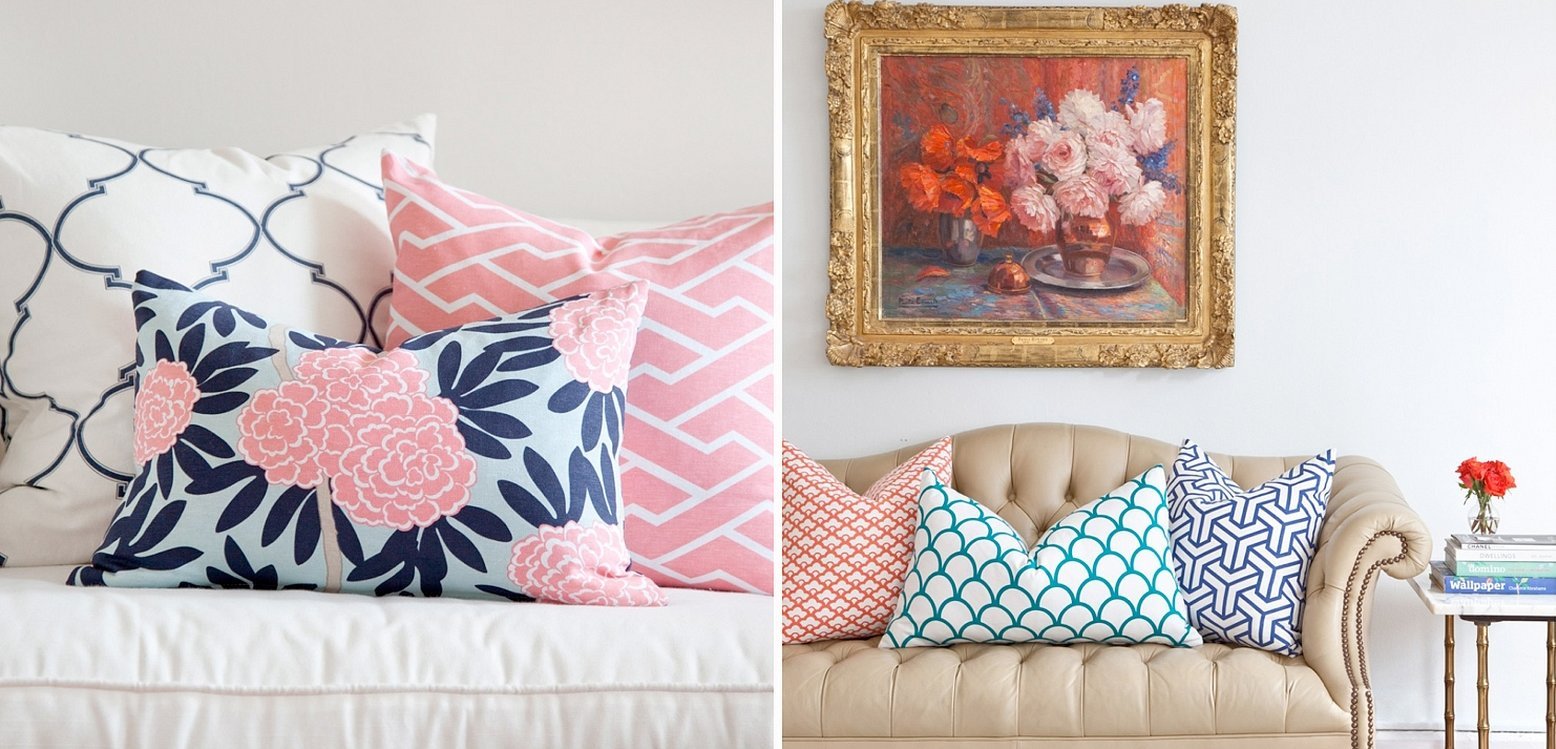
Fabric characteristics
The type of weaving of the threads is the most important indicator of the type of material.
Please note! The quality characteristics of fabrics differ depending on the composition of the thread and the strength of the fibers.
Differences:
- Teak, made of cotton or linen, is wear-resistant and durable. Teak pillowcases hold their shape well and are water-repellent.
- Smooth satin is a soft material that hardly wrinkles and takes the desired shape of the body well. Excellent ventilation properties allow the scalp to breathe in hot weather.
- Satin jacquard is distinguished by its beauty and sophistication. Elegant pillows look harmonious on the bed and on the sofa.
- Twill makes the interior item elastic and voluminous. The fabric is soft to the touch, strong and dense enough.
- Percale is one of the best linen fabrics. The soft and wear-resistant material is easily dyed in bright colors, delighting the eyes with multi-colored pillows.
- Batiste is made from the finest cotton threads and is used for airy down pillows. The range of such products is used for infants and allergy sufferers, people with sensitive skin.
- Cotton is the least expensive of the non-allergenic fabrics. The material is easy to care for.
- Linen is ideal for use in hot weather. The surface of the fabric slightly cools the skin when in contact with the pillowcase.
- Silk remains soft at any time of the year. Pleasant to the touch like a royal material, it requires appropriate care.
- Wool with the effect of "dry heat", relieves discomfort, removes muscle, headache and toothache. Requires special care. The fabric is prone to shrinkage.

Design and types of decorative pillows
The main purpose of a pillow has always been to support the head during sleep. Classic rectangular or square pillows are the most common products on the market.
The emergence of products of a specific configuration is associated with a therapeutic effect in cases of osteochondrosis, scoliosis and after injuries to the musculoskeletal system. Correction of the position of the head and body during sleep brings certain benefits to those suffering from various ailments. Such pillows are usually called orthopedic.
Decorative interior elements in the form of pillows of various shapes have already gained popularity and are widely used to decorate not only children's rooms and living rooms. Animals, flowers, diamonds and hexagons, berries and leaves - this is far from a complete set of shapes of modern products.
Interesting! The non-standard purpose of items made from the filler in the case is used as a camping item, a car accessory, help for a nursing mother, for a pregnant woman to sleep, a healing bolster with a filler of medicinal herbs, a garden option.
Products for back support and relief of lower back pain, as well as for legs with arthritis and varicose veins, are more like soft rugs than pillows. They are made in the form of horseshoes, bolsters and thin mattresses with fillers.
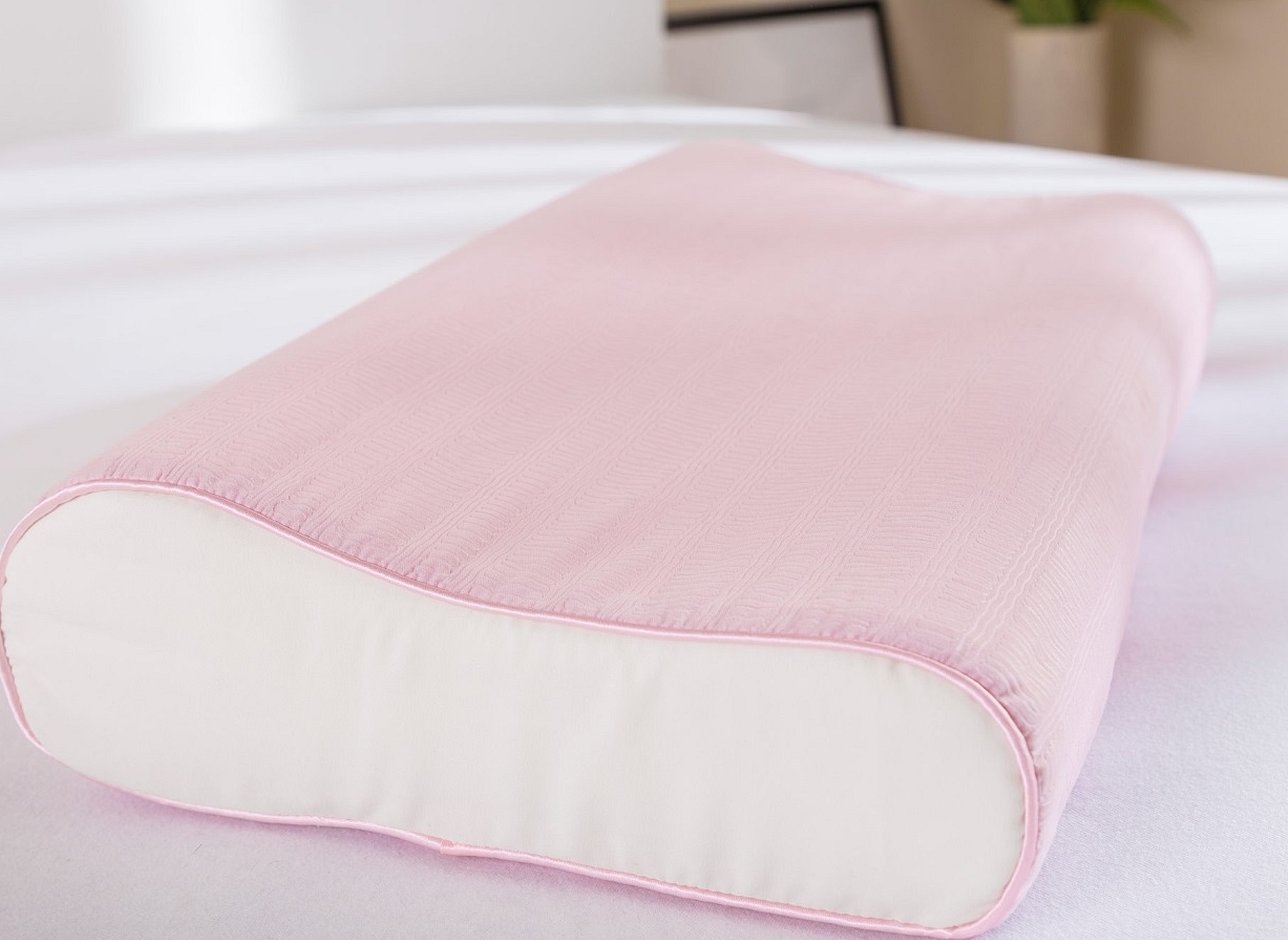
We determine the size of the pillow
Our grandmothers used large 70x70 duck down pillows, which were arranged in pyramids on beds with muslin throws. Embossed patterned curtains in the same tone as the design on the pillowcases, marked with the same hand-made patterns.
The choice of a future wife was very often determined by her perseverance in needlework and skill in inventing patterns in embroidery and knocking out three-dimensional patterns in the Richelieu style. Modern factory fabrics deprive handwork of its value, surpassing the speed and quality of production of the product.
The most popular sizes of pillows for the bedroom are considered to be square with dimensions of 50×50 cm and rectangular 50×70 cm. The European standard of bed linen, brought to the domestic market, is dictated by the purchase of beds and furniture made according to the dimensions of European manufacturers. This factor significantly influences the choice of the size of the pillow for sleeping.
Decorative items for the living room and children's room have non-standard shapes and arbitrary sizes. GOST and any standard have left the consumer market, dictating fashion trends for the absence of a stamp and the manifestation of individuality in the choice.
Attention! The shape of an oval or a circle can be of any size. And the cushion chairs or ball chairs simply go off the scale with their original individuality.
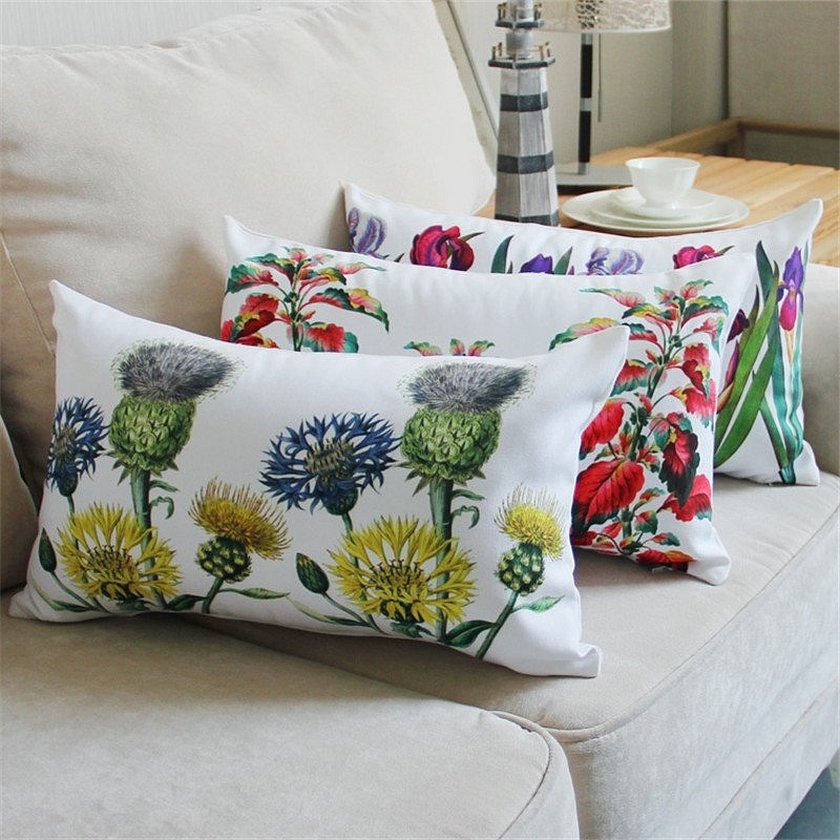
How to stuff a decorative pillow with your own hands
The stuffing of the pillow depends on who will sleep on it. Down, feather filling, synthetic wadding, bird feathers, synthetic padding or holofiber are commonly used fillers.
Non-standard components may include medicinal herbal infusions, hop cones, buckwheat husks. The shelf life of such a filler is short-lived and equals 1 year. The therapeutic effect gradually decreases and the use of such a pillow will not bring any benefit.
The use of textile fibre or animal hair is possible with constant beating of the contents, because it tends to clump together.

Pillowcases: manufacturing scheme
Fabric for pillowcases - what is it called? It all depends on the required quality and composition. You can choose from the popular ones:
- batiste;
- percale;
- satin;
- Jacquard, named after its inventor, Joseph Marie Jacquard.
A pattern for sewing a pillowcase or a pillowcase is usually not used if it is square. To make several items of the same size, place the cut-out blank on the next section of fabric and cut out the future part according to it. The pattern will be the shape of the material itself.
The principle of preparing the pattern is to apply two squares of the size of the pillow to the fabric with a piece of chalk or soap. There is no distance between them, they merge into one rectangle. For the inner flap of the pillowcase without using fasteners and zippers, another third of the square is added in width. This part of the product will hide the end of the pillow.
Important! For side seams, it is necessary to leave 1-2 cm, this factor depends on the structure and thickness of the fabric.
The sequence consists of processing the end edges of the pillowcase, one of which will remain outside the product. Then the products are folded according to the size of the pillow into a square shape and the connected parts of the pillowcase are processed. The turned-out pillowcase is ready.
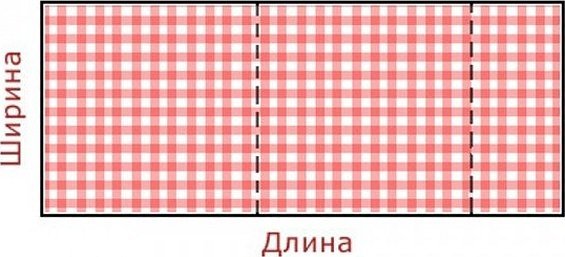
If a zipper is sewn into the end part, then there is no need to leave an allowance for the lapel. The ideal two squares with a sewn-in zipper are processed along three sides of the perimeter.
The division of a pillowcase into two separate parts occurs only if fabrics of different colors or textures are used to sew the sides. Sometimes a decorative item for a sofa has a front part decorated with embroidery or other decorative elements.
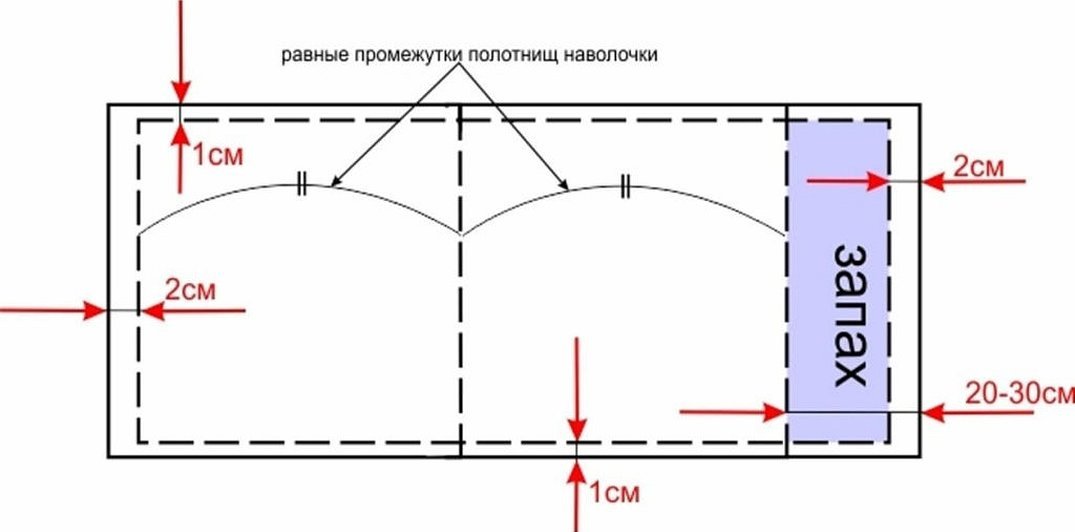
Consumables and tools
What you will need:
- A piece of fabric or a combination of several materials in one product.
- Sewing machine (sometimes decorative items are made by hand).
- Sewing threads of a matching color (you can use thin fishing line or office thread for stitching documents).
- Tape with divisions into centimeters.
- Chalk or a thin dried piece of soap, fabric marker.
- Cutter's scissors.
- Safety pins or clips to hold fabric pieces in place.
- Zipper (if needed).

Sewing technology
The most important thing in sewing a pillowcase or pillowcase is the correct calculation of the required fabric. If in doubt, you can pre-calculate the consumption on paper, draw the shape of the future product in a reduced size.
Experienced cutters place templates at the edge of the fabric so that as little fabric as possible is used for trimming. The width of industrially produced fabric is 80, 120 and 150 cm. Less common are 220 and 145 cm.
When using cotton materials, take into account the shrinkage of the fabric after washing, leaving allowances around the perimeter of the product.
Inexperienced seamstresses are recommended to sew their first items from fabric scraps or some items not used for their intended purpose. The fabric for the sofa cushions can be selected from a quilt that has become unfashionable or a spoiled bedspread, an old favorite curtain. Applying a pattern or embroidery before making the item. Combining red and turquoise colors, this activity is called anti-stress. Performing decorative trim by hand is useful for pregnant women.
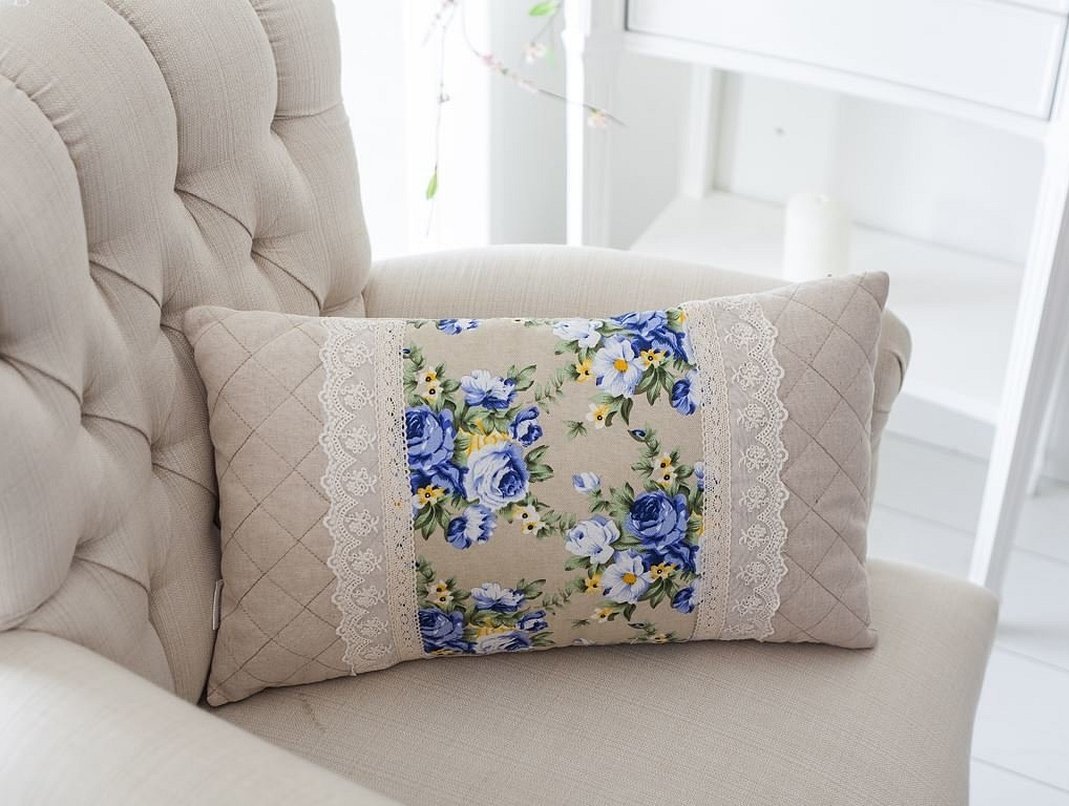
Care
The accumulation of dirt and grease in pillows can gradually lead to allergic reactions. Linen mites, fungi and pathogenic bacteria that cause asthma attacks, acne rashes on the face should be destroyed by periodic treatment of the products.
It is recommended to wash pillows 2-3 times a year. Replace pillowcases at least once a year with a new one. Keeping the pillowcase clean can increase its service life and reduce the risk of diseases to a minimum.

Schoolchildren can sew their own pillowcases and pillow covers. There are no special secrets to cutting and sewing. You can hone your skills at home, starting with simple pillowcases and moving on to making decorative pillows for the living room.

A creative impulse should never be postponed until you have free time. You need to start when there is a fire in your eyes and your hands want to do something. Any room can be changed with the help of decorative pillows. Also, it is worth noting that pillows are intended not only for a cozy sleep, but also for medical reasons.
https://www.youtube.com/watch?v=Y0-52TJ6C6c



